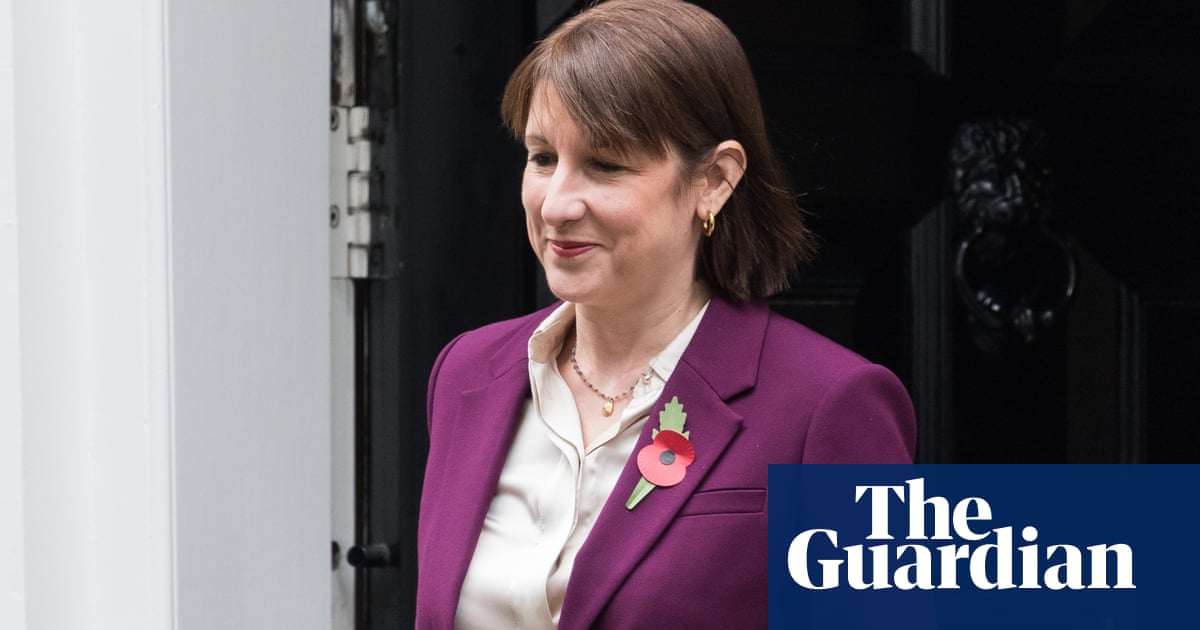The national minimum wage will go up to £12.21 an hour in April after the chancellor confirmed a 6.7% increase, with more than 3 million low-paid workers in line for a pay rise.
Rachel Reeves described the move, worth £1,400 a year for an eligible full-time worker, as a “significant step” towards delivering on Labour’s manifesto promise to introduce a “genuine living wage for working people”.
The minimum wage for workers aged 18 to 20 will go from £8.60 to £10 an hour, a rise of more than 16% and the largest increase on record.
It means those in full-time employment will see their pay boosted by £2,500 next year after ministers said they ought to eventually be paid the same as older workers.
However, the higher rate is still lower than the £12.60-an-hour rate calculated by the Living Wage Foundation and paid voluntarily by 15,000 UK employers.
The minimum hourly wage for an apprentice will also be boosted next year, with an 18-year-old apprentice in an industry such as construction seeing their minimum hourly pay increase by 18.0%, from £6.40 to £7.55 an hour.
Next year’s increases come on top of the government’s plan to expand workers’ rights, which the Treasury said would raise the incomes of the lowest-paid workers by up to £600 a year.
Business groups warned the rise, to be announced in the budget alongside an increase in the national insurance contributions they must pay on wages, would add further pressure to bottom lines and could hit investment.
Unions insisted that businesses could absorb the change. The TUC general secretary, Paul Nowak, said: “This increase will make a real difference to the lowest paid in this country at a time when rents, bills and mortgages are high.
“The independent Low Pay Commission has looked at a range of economic evidence before making this recommendation. They know employers can absorb this increase.
“Every time the minimum wage goes up there are some voices who predict this will drive up unemployment. Every time they are wrong.”
But John Foster, chief policy and campaigns officer at the Confederation of British Industry, said: “Politicians and businesses are united in wanting to ensure people have access to well-paid, fulfilling work.
“The only sustainable path to achieving that aim – not only for those earning the minimum wage, but right across the economy – is higher growth and productivity.
“The national living wage has proven to be a valuable tool for protecting the incomes of the poorest in society and has supported equality in the lower half of the income distribution.
“But with productivity stagnant, businesses will have to accommodate this increase against a challenging economic backdrop and growing pressure on their bottom line.”
He added that the move could hit business investment at exactly the time it was needed to drive growth.
Nye Cominetti, economist at the Resolution Foundation thinktank, said: “This smaller rise in the minimum wage – the first time in almost a decade when it has risen no faster than typical wage growth – is sensible in the context of an expected rise in employer national insurance contributions at the same time.”
He suggested the government may wish to be “more ambitious” in future.
The minimum wage has risen by almost 10% in each of the past two years, against the background of high inflation. This year’s confirms the recommendations of the Low Pay Commission, which was instructed by ministers to consider the cost of living in their calculations for the first time.
Philippa Stroud, the chair of the commission and a peer, said: “The government have been clear about their ambitions for the national minimum wage and its importance in supporting workers’ living standards.
“At the same time, employers have had to deal with the adult rate rising over 20% in two years, and the challenges that has created alongside other pressures to their cost base.
“It is our job to balance these considerations, ensuring the NLW provides a fair wage for the lowest-paid workers while taking account of economic factors. These rates secure a real-terms pay increase for the lowest-paid workers.”

